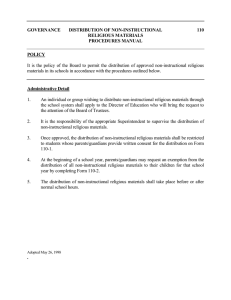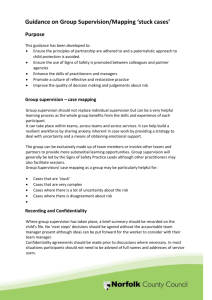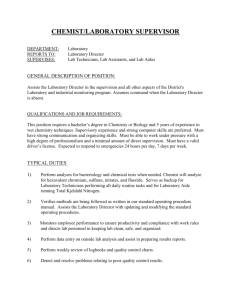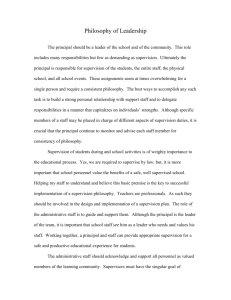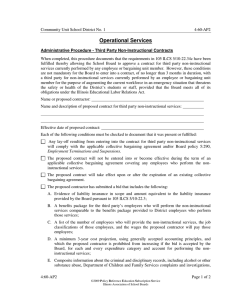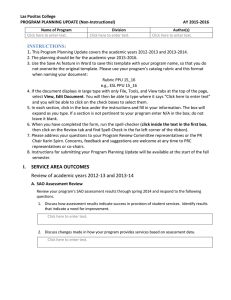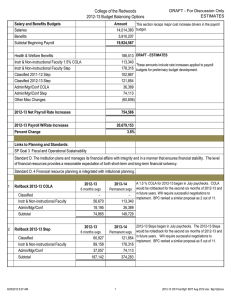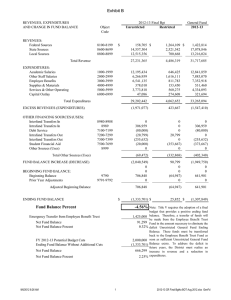Time to Meet Worksheet Activity
advertisement
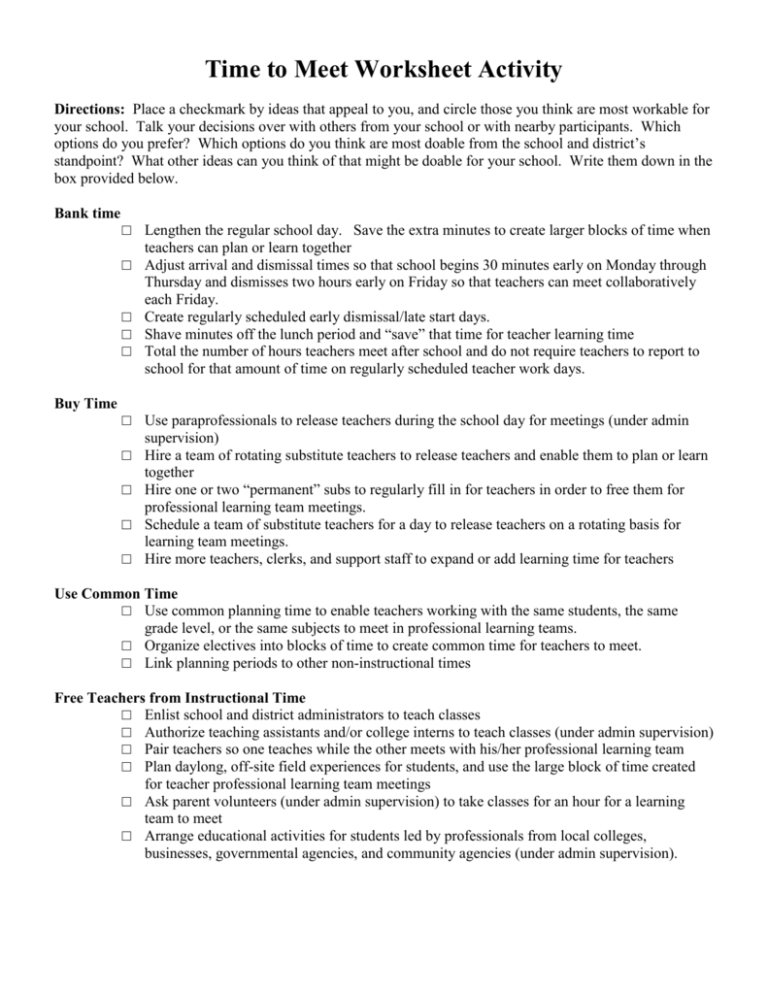
Time to Meet Worksheet Activity Directions: Place a checkmark by ideas that appeal to you, and circle those you think are most workable for your school. Talk your decisions over with others from your school or with nearby participants. Which options do you prefer? Which options do you think are most doable from the school and district’s standpoint? What other ideas can you think of that might be doable for your school. Write them down in the box provided below. Bank time □ Lengthen the regular school day. Save the extra minutes to create larger blocks of time when teachers can plan or learn together □ Adjust arrival and dismissal times so that school begins 30 minutes early on Monday through Thursday and dismisses two hours early on Friday so that teachers can meet collaboratively each Friday. □ Create regularly scheduled early dismissal/late start days. □ Shave minutes off the lunch period and “save” that time for teacher learning time □ Total the number of hours teachers meet after school and do not require teachers to report to school for that amount of time on regularly scheduled teacher work days. Buy Time □ Use paraprofessionals to release teachers during the school day for meetings (under admin supervision) □ Hire a team of rotating substitute teachers to release teachers and enable them to plan or learn together □ Hire one or two “permanent” subs to regularly fill in for teachers in order to free them for professional learning team meetings. □ Schedule a team of substitute teachers for a day to release teachers on a rotating basis for learning team meetings. □ Hire more teachers, clerks, and support staff to expand or add learning time for teachers Use Common Time □ Use common planning time to enable teachers working with the same students, the same grade level, or the same subjects to meet in professional learning teams. □ Organize electives into blocks of time to create common time for teachers to meet. □ Link planning periods to other non-instructional times Free Teachers from Instructional Time □ Enlist school and district administrators to teach classes □ Authorize teaching assistants and/or college interns to teach classes (under admin supervision) □ Pair teachers so one teaches while the other meets with his/her professional learning team □ Plan daylong, off-site field experiences for students, and use the large block of time created for teacher professional learning team meetings □ Ask parent volunteers (under admin supervision) to take classes for an hour for a learning team to meet □ Arrange educational activities for students led by professionals from local colleges, businesses, governmental agencies, and community agencies (under admin supervision). Free Teachers from Non-instructional Requirements □ Use non-homeroom teachers to occasionally perform homeroom duties so teachers can meet for an extended time before school and through homeroom period □ Reassign school personnel to allow teachers to meet during pep rallies and assemblies □ Provide more time for teachers to engage in collaborative work by removing non-instructional paperwork, clerical, and school management tasks from teachers’ plates and encouraging teams to use that extra time to meet and focus intently on instruction. Add Professional Days to the School Year □ Create multi-day summer learning institutes for teachers to give them needed depth in the areas of focus for the professional learning teams. □ Create a mid-year break for students, and use those days for teacher learning □ Insert professional learning days throughout the school calendar Use Existing Time More Effectively □ Set aside faculty meeting times for professional learning, and put all general faculty announcements in newsletters and/or emails to teachers □ Spread time from existing planning days across the calendar to provide more frequent, shorter school-based opportunities to learn. What other ideas about finding time can you or your team come up with that might work for your school? 1. 2. 3. 4. 5. 6. 7. What Barriers Need to be Addressed? How Will You Overcome the Barriers?
